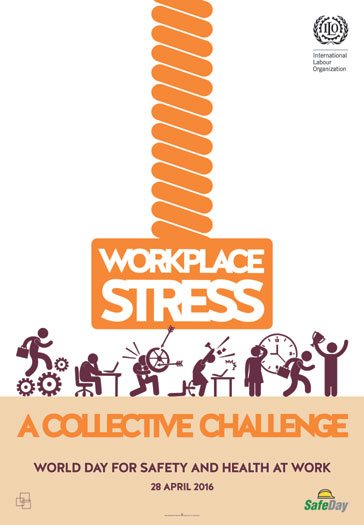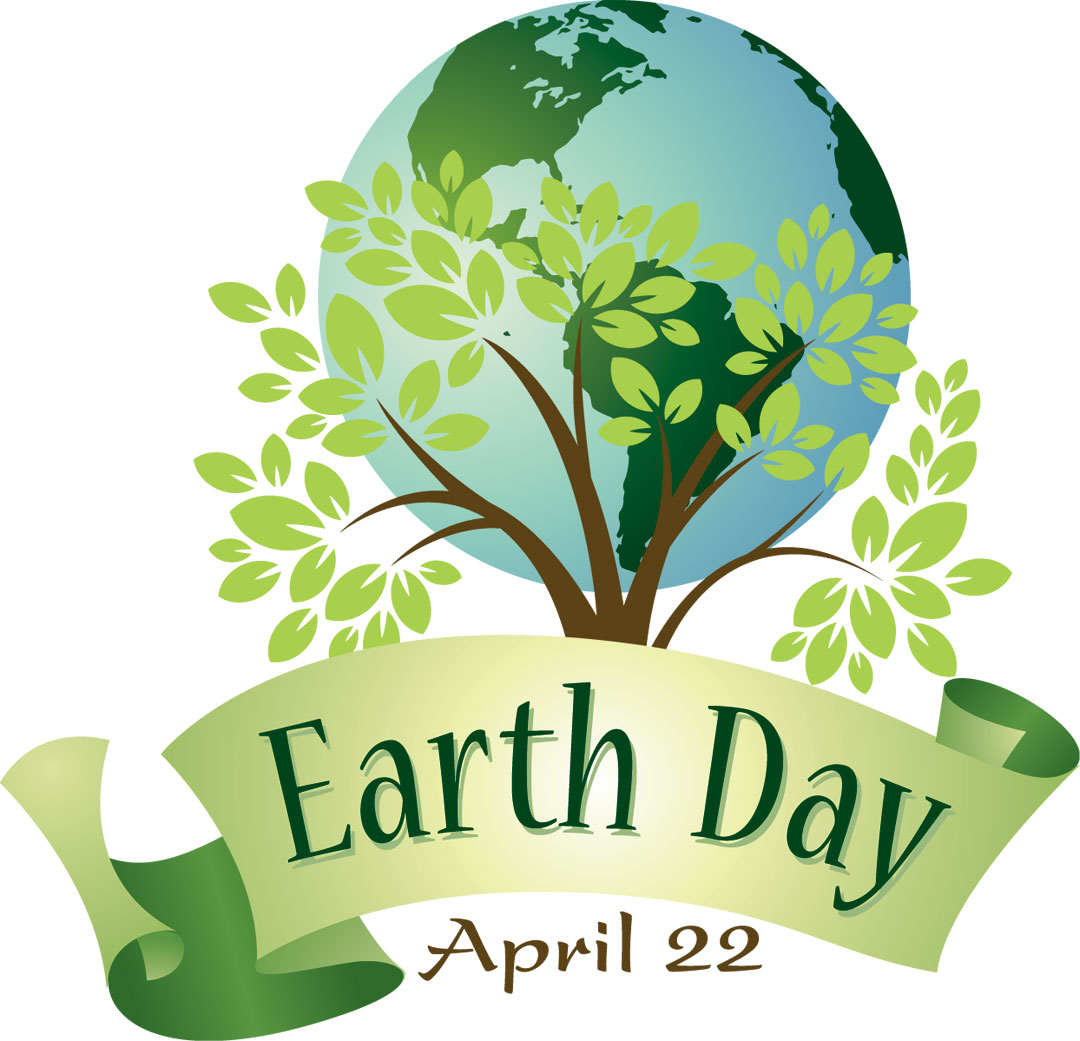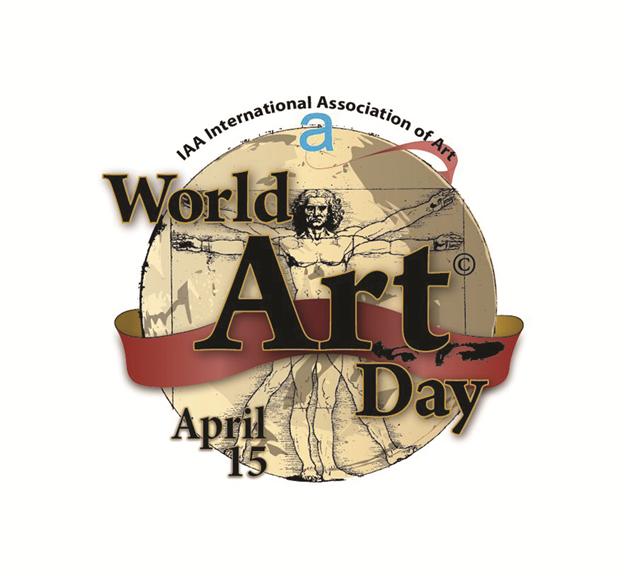 This year, “Workplace Stress: a collective challenge” is the theme of the campaign of the World Day for Safety and Health at Work. The report will draw attention to current global trends on work-related stress and its impact.
This year, “Workplace Stress: a collective challenge” is the theme of the campaign of the World Day for Safety and Health at Work. The report will draw attention to current global trends on work-related stress and its impact.
Today, many workers are facing greater pressure to meet the demands of modern working life. Psychosocial risks such as increased competition, higher expectations on performance and longer working hours are contributing to the workplace becoming an ever more stressful environment. With the pace of work dictated by instant communications and high levels of global competition, the lines separating work from life are becoming more and more difficult to identify. In addition, due to the significant changes labour relations and the current economic recession, workers are experiencing organizational changes and restructuring, reduced work opportunities, increasing precarious work , the fear of losing their jobs, massive layoffs and unemployment and decreased financial stability, with serious consequences to their mental health and well-being.
In recent years, there has been growing attention to the impact of psychosocial risks and work-related stress among researchers, practitioners and policymakers. Work-related stress is now generally acknowledged as global issue affecting all countries, all professions and all workers both in developed and developing countries. In this complex context, the workplace is at the same time an important source of psychosocial risks and the ideal venue to address them in order to protect the health and well-being of workers.


 It may happen to you as it sometimes happens to me: we read a text and… suddenly we are ‘hooked’ on a sentence, our attention is completely taken up by a few words. The meaning of the whole text remains in the background, we focus on the few words that have struck us.
It may happen to you as it sometimes happens to me: we read a text and… suddenly we are ‘hooked’ on a sentence, our attention is completely taken up by a few words. The meaning of the whole text remains in the background, we focus on the few words that have struck us.
 whose birthday falls on the same date.
whose birthday falls on the same date.

 Many of us like to have some pictures in our missal or our Bible; this makes it easy for us to find a special text or a reference we often come back to. The pictures may have been there for months, even years and… we do not pay much attention to them any longer. We may not notice anymore what the picture represents, at least many of the details do not retain our attention. They are printed papers…
Many of us like to have some pictures in our missal or our Bible; this makes it easy for us to find a special text or a reference we often come back to. The pictures may have been there for months, even years and… we do not pay much attention to them any longer. We may not notice anymore what the picture represents, at least many of the details do not retain our attention. They are printed papers… The IAA (International Association of Art) designated April 15 as World Art Day with the intention that it will be a day for all artists and art lovers in the world to celebrate, not only members of IAA. The idea is to create a day to emphasize the importance of art in the lives of everyone, of all ages and races. Every gallery, museum, art center, university and artist are free to organize their own activities.
The IAA (International Association of Art) designated April 15 as World Art Day with the intention that it will be a day for all artists and art lovers in the world to celebrate, not only members of IAA. The idea is to create a day to emphasize the importance of art in the lives of everyone, of all ages and races. Every gallery, museum, art center, university and artist are free to organize their own activities. Dr. Parkinson first described the disease in “An Essay on the Shaking Palsy”, he described a pattern of lessened muscular power, involuntary tremulous motion, even if these are supported. There is at tendency to bend the body forwards, and to involuntarily switch from a walking to a running pace, while the sense and intellect deteriorate.
Dr. Parkinson first described the disease in “An Essay on the Shaking Palsy”, he described a pattern of lessened muscular power, involuntary tremulous motion, even if these are supported. There is at tendency to bend the body forwards, and to involuntarily switch from a walking to a running pace, while the sense and intellect deteriorate.